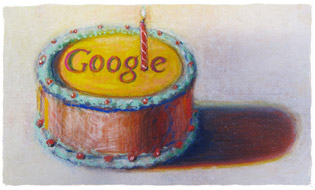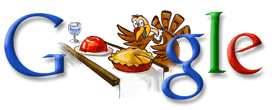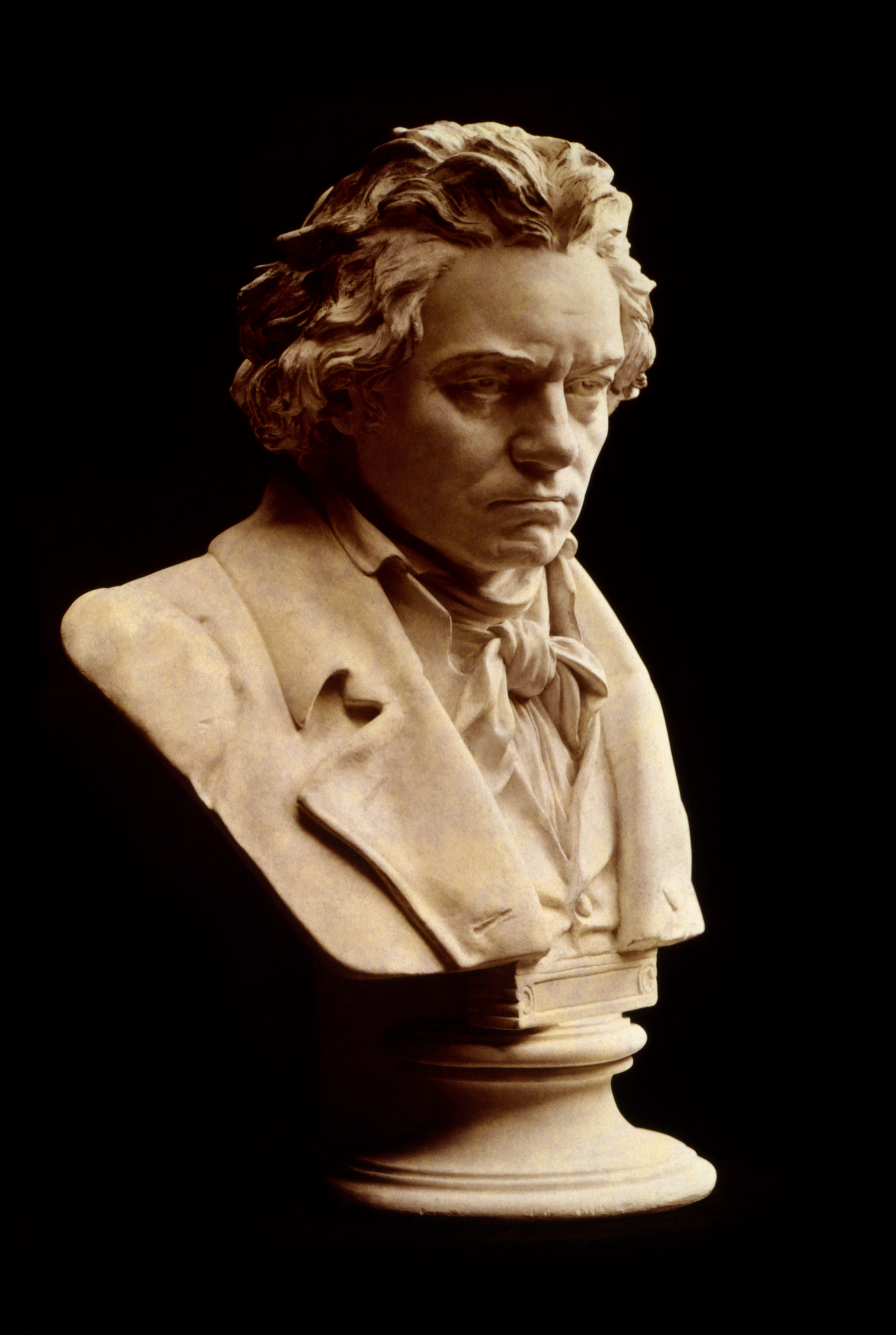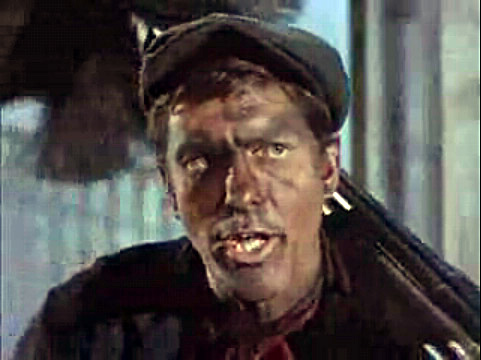Essay-a-Week Challenge - Week 8
"June 24th: Cake vs Pie (Alternatively, for the gluten free: Sorbet vs Ice Cream)"
The great debate. What is the chosen dessert?
Topics from, A Bookful Blockhead.
Round 2: Youtube
Cake pictures have a lot more design and pattern - the dessert is like a blank canvas for the artist, or cook, to prepare - that's why you have shows like Ace of Cakes, and that's why the cake is one of the centrepieces of a wedding banquet. There is so much variation and creativity that can go into a cake, a media which pie can't seem to rival (clip art?!?). Perhaps it's the pie filling that gives it some inner beauty, but in terms of photo shoots, cake is getting the cover page and the centrefold.
Round 4: Google Scholar, Patents
I decided to take a more scientific approach to the debate, and looked up scholarly articles on cake and pie. The first thing I learned was that Pie is the more popular last name - most of the top results featured the dessert surnames, and pie led with 1.8 million results, doubling cake's hits. Filtering the search terms to the article titles, pie maintained its lead by a small margin. Here are some of the more intriguing titles:
I also did a patent search that confirmed pie's victory. Despite cake's creative side, inventors seem to be more inclined to develop creative new ideas for the pie. Interesting patents included: a pie-juice saver, a cake umbrella, a pie ventilator, a cutting guide for layered cake, an eskimo pie vending machine, a device for preventing a cake from slipping on a plate, and also - a "combined cake and pie". Despite the efforts for peace, the debate rages on...
Round 5: Google Books (via Google Ngram Viewer)
While we can only speculate on the popularity of desserts during both World Wars, cake is by far the more popular of the two. The only time pie was mentioned more often was before 1835, with the dessert also riding the wave of the Latin word "pie", stemming from the word "pius", seen in famous texts and poems with the phrase "pie Jesu". As pie seems to be even less popular at the start of the 21st century than the 19th century, while cake has doubled its relative share, the winner of the round 5 shall be cake!
So cake wins the Google challenge! If you have any disputes or questions, feel free to comment below. Google, of course, offers many other search features that you can also test, though a quick run through of them will show that cake has more results, most of the time.
Final note: The top Google result for "cake vs. pie" brings you to one of the most awesome blogs out there, "Hyperbole and a Half", who lays out alot of arguments for pie. With all the "cake vs. pie" arguments among fellow essayists, I wonder if we'll start seeing our debates there too! Happy writing!
Of the thirty teeth I currently have, I lack a sweet tooth, and usually prefer "savoury" in the sweet vs. savoury debate. Of cake and pie, I have a better impression of cake, as it seems to be ever present at the most important moments of our lives: birthdays, graduations, and weddings. Pies are also relatively rare in Asian cuisine (to my knowledge). Growing up, I would rarely have the opportunity to eat pies, with the exception of egg tarts (which are technically pies?).
But if this argument is supposed to be for "the great debate", I lack the authority or experience to make convincing statements and even my anecdotal evidence is weak. So instead, I turn to my peers - no, not fellow essayists (n will probably be less than thirty), but all those netizens on the world wide web. And if I can assume that those who frequent the world's most visited website represent an unbiased sample in the cake vs. pie debate (I see no reason for dessert bias), then I think we should have no problems consulting Google, which now sees over a billion unique visitors on a monthly basis. Thus, here begins five rounds of dessert-filled searching:
Round 1: Google Search (via Google Insights for Search)
Google Insights for Search is essentially a spruced up version of Google Trends, which I talk about in the beginning of this blog post. We can start by comparing the worldwide search volumes of "cake" and "pie" since 2004.
On average, there are 40% more searches for cake than pie, though pie enjoys a peak during late November, presumably for American Thanksgiving. Both terms are gaining search share each year, but cake takes the cake, surpassing pie queries year round since 2008. Furthermore, while the top search for pie is American Pie, an extra boost from the song and the movies, all top ten searches for cake are food related (i.e. cake recipe, chocolate cake, birthday cake, wedding cake, cheese cake). Round one clearly goes to cake.
Round 2: Youtube
Despite cake's popularity among websites, pie is the bigger star of Youtube filmography. A simple search shows 748 000 hits for pies and 667 000 results for cake. While covers of American Pie take some of the fill, pies show their versatility with video recipes, animations, and the pieing of politicians like former Prime Minister Jean Chretien. Cake, on the other hand, is out-layered with songs by Cake, a band. The first dessert-based video is far down the page, trumped by more than ten other music or comedy videos.
In true Youtube fashion, cake appears to be most viral, with "chubby cubby cake boy" at the top with 52 million views. Meanwhile, Youtube ranks "LA CINTURA MAS DELGADA DEL MUNDA" (translation: world's thinnest waist) as the most watched video among the results for "pie", seemingly at a big sacrifice to relevance. The video has 47 million views, greater than the population of Spain, but does not seem to mention pie at all.
With the two desserts each with an advantage in either general popularity or viral trending, pie takes the lead with the President Obama's Youtube endorsement near the top of its results with "I like pie. You like pie too?" So congratulations oh crusty dessert, you've just won Round Two.
In true Youtube fashion, cake appears to be most viral, with "chubby cubby cake boy" at the top with 52 million views. Meanwhile, Youtube ranks "LA CINTURA MAS DELGADA DEL MUNDA" (translation: world's thinnest waist) as the most watched video among the results for "pie", seemingly at a big sacrifice to relevance. The video has 47 million views, greater than the population of Spain, but does not seem to mention pie at all.
Round 3: Google Images
This round was an easy one for cake, topping pie with 56.1 million hits compared to 31.7 million. And it wasn't just sheer numbers that made this an easy win for cake:Cake pictures have a lot more design and pattern - the dessert is like a blank canvas for the artist, or cook, to prepare - that's why you have shows like Ace of Cakes, and that's why the cake is one of the centrepieces of a wedding banquet. There is so much variation and creativity that can go into a cake, a media which pie can't seem to rival (clip art?!?). Perhaps it's the pie filling that gives it some inner beauty, but in terms of photo shoots, cake is getting the cover page and the centrefold.
 |
| Google's 7th Birthday. |
Round 4: Google Scholar, Patents
 |
| This is some serious stuff[ing]. |
- "Pi calculus versus petri nets: Let us eat 'humble pie' rather than further inflate the 'pi hype'", from BPTrends, 2005
- "Apple pie and enchiladas: Latino newcomers in the rural Midwest", from University of Texas Press, 2004
- "How to Cut a Cake Fairly", from The American Mathematical Monthly, 1961.
- "An envy free cake division protocol", from The American Mathematical Monthly, 1980.
- "Penguins can make cake", from AI Magazine, 1989
 |
| A "Pie-Juice Saver". |
 |
| Thanksgiving, 2010. Another interesting fact, Google recently got the patent for its Doodles. |
Round 5: Google Books (via Google Ngram Viewer)
Lastly, I shall add some historical perspective to the debate, and compare the appearances of the two desserts in the past 200 years (1800-2000). The Google Ngram Viewer (blog post here) takes advantage of Google's digitization of Books, and plots the use of terms or phrases over time.
While we can only speculate on the popularity of desserts during both World Wars, cake is by far the more popular of the two. The only time pie was mentioned more often was before 1835, with the dessert also riding the wave of the Latin word "pie", stemming from the word "pius", seen in famous texts and poems with the phrase "pie Jesu". As pie seems to be even less popular at the start of the 21st century than the 19th century, while cake has doubled its relative share, the winner of the round 5 shall be cake!
 |
| Google's 12th Birthday, drawn by Wayne Thiebaud. |
 |
| A Cake-Pie Chart! |
Final note: The top Google result for "cake vs. pie" brings you to one of the most awesome blogs out there, "Hyperbole and a Half", who lays out alot of arguments for pie. With all the "cake vs. pie" arguments among fellow essayists, I wonder if we'll start seeing our debates there too! Happy writing!
Congratulations Cake!
- from a 10 year old Google.
- from a 10 year old Google.





































